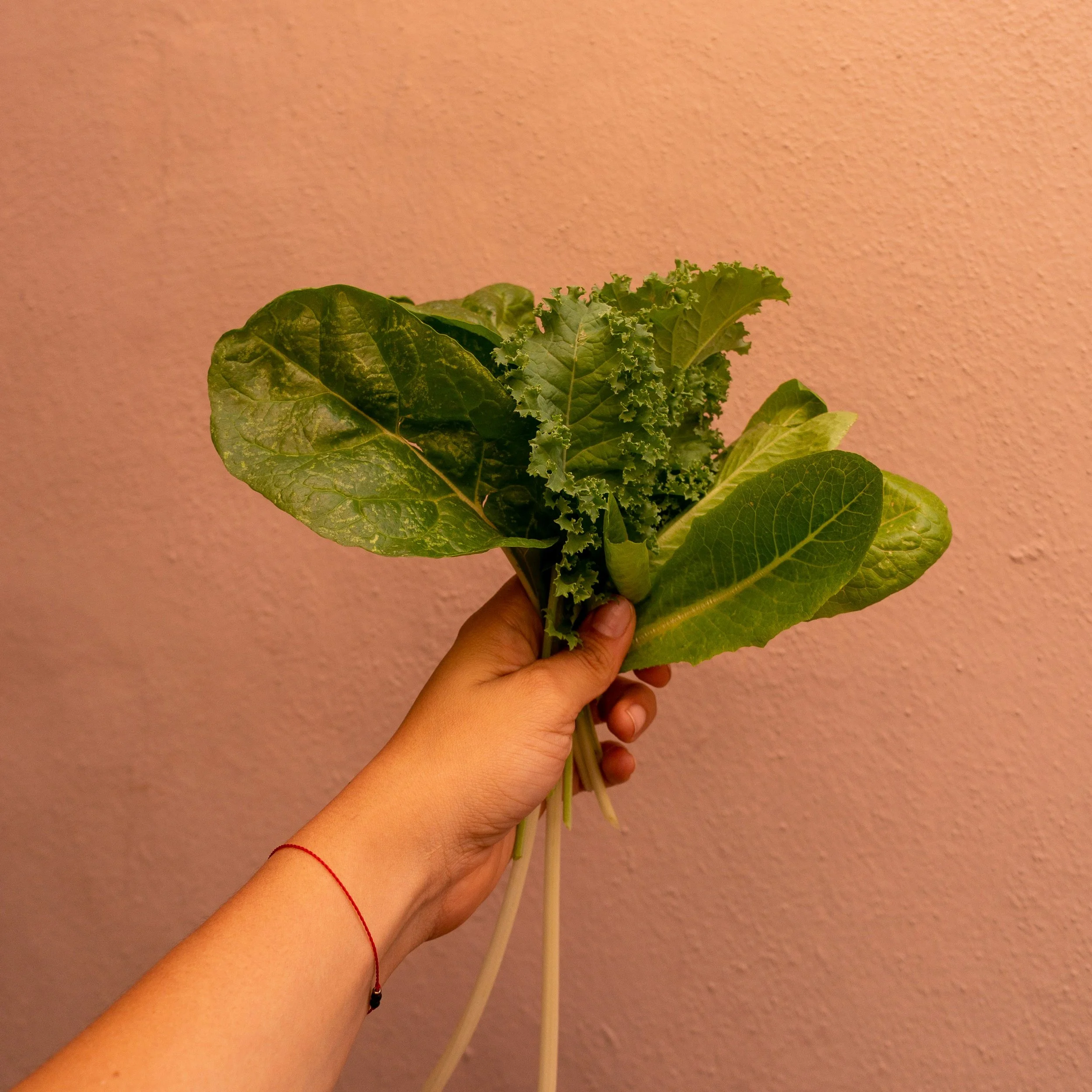Kale The Dangerous (Part 2)
(updated 8/10/2024)
Do you remember my previous article on kale?
If you have not yet read it, I urge you to read it.
Many people try to give kale a bad name, but none as much as the producers themselves.
Because demand for kale has exploded in the last few years, it appears that -- as always in a capitalism-run world -- to increase production, many farmers have cut corners and heavily relied on questionable measures.
Kale is a food powerhouse, packed with essential nutrients, including minerals and omega-3s, and displays great antioxidant properties. It is not surprising that it ranks at the top of the ORAC score, for kale is the king of nutrient-dense vegetables.
Kale is also rich in fibre, can help lower blood sugar and cholesterol levels, and promote bowel movements regularity.
But today, kale’s benefits have been wiped clean by chronic pesticide overuse and other toxic chemicals too often abused in conventional farming. kale is now ranked third in the latest Dirty Dozen pesticide residue ranking from US non-profit the Environment Working Group (EWG).
"We were surprised kale had so many pesticides on it, but the test results were unequivocal,” said Toxicologist Alexis Temkin from EWG, “Fruits and vegetables are an important part of everyone’s diet, and when it comes to some conventionally grown produce items, such as kale, choosing organic may be a better option.”
A handful of “Dirty”?
Recent tests revealed over 92% of conventionally grown kale samples contained at least two or more pesticide residues.
Some samples contained residues from as many as 18 different pesticides, some of which are already banned in the EU for over a decade.
“When it comes to some conventionally grown produce items, such as kale, choosing organic may be a better option.”
More distressing is the fact that over 70% of all produce grown conventionally in the U.S. contains pesticide residues in various degrees and many vegetables and fruits may pose a danger to health.
Choosing organic is not only the best solution but the only solution for persons at risk, including children and pregnant women.
DIRTY DOZEN 2019 (at the time of writing this article)
1 - STRAWBERRIES
2 - SPINACH
3 - KALE
4 - NECTARINES
5 - APPLES
6 - GRAPES
7 - PEACHES
8 - CHERRIES
9 - PEARS
10 - TOMATOES
11 - CELERY
12 - POTATOES / CHILLI PEPPERS
DIRTY DOZEN (updated 2024)
1 - STRAWBERRIES
2 - SPINACH
3 - KALE, COLLARD & MUSTARD GREENS
4 - GRAPES
5 - PEACHES
6 - PEARS
7 - NECTARINES
8 - APPLES
9 - BELL & HOT PEPPERS
10 - CHERRIES
11 - BLUEBERRIES
12 - GREEN / FRENCH BEANS
Source:
EWG: https://www.ewg.org/foodnews/dirty-dozen.php (updated each year)

